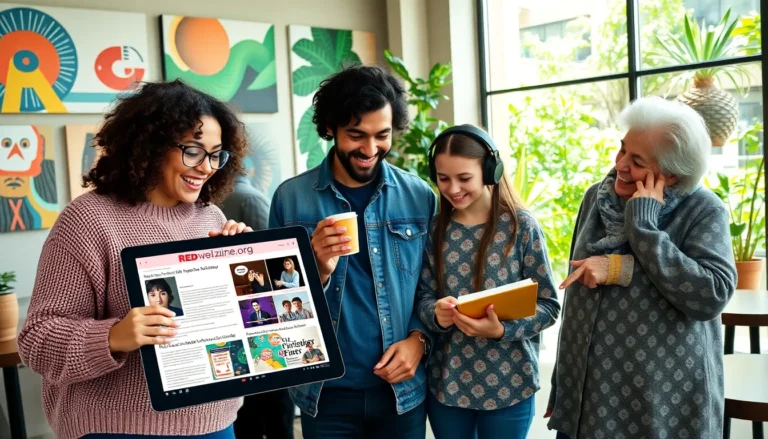Table of Contents
ToggleIn today’s fast-paced digital world, email remains one of the most reliable forms of communication. If you think emails are just boring text filled with memos and reminders, think again. They are the Swiss army knives of modern communication, useful, versatile, and surprisingly easy to master. If you’re ready to turn your inbox into a powerhouse of productivity, grab some popcorn and read on.
Understanding Email Communication

The Importance of Email in Modern Communication
Email plays a pivotal role in connecting individuals and businesses across the globe. It is efficient, allows for documentation of conversations, and is cost-effective. In fact, studies show that 81% of businesses still rely on email as their primary mode of communication. When used correctly, it can enhance collaboration and prompt timely responses, making it a cornerstone of modern workplaces.
Common Email Etiquette
Navigating email etiquette is crucial for effective communication. Simple practices like using polite greetings and closing remarks go a long way. A well-crafted email represents professionalism and respect for the recipient. Also, avoiding all caps (which can be interpreted as shouting.) is a common courtesy that keeps conversations friendly and clear.
How Email Enhances Professional Relationships
Best Practices for Writing Effective Emails
Effective email writing is an art form. Using concise language brings clarity to your message. Each word should serve a purpose. Aim for a conversational tone, keeping it friendly but focused. Never underestimate the power of a good opening, hooking the reader from the start can keep them engaged.
Subject Lines: First Impressions Matter
The subject line is like the cover of a book: it should be intriguing yet informative. A compelling subject line can significantly increase open rates. Use clear, actionable phrases that reflect the content. For instance, instead of “Meeting Update,” try “Schedule Change for Tuesday’s Meeting.” This slight tweak can sharpen the reader’s interest and ensure they jump into your message.
Structuring Your Email for Clarity
Just as a good story has a beginning, middle, and end, so should your email. Start with the purpose, flesh out the details, and conclude with any required actions. Bullet points can be beneficial to break up text and highlight key information. An easy-to-follow structure improves the likelihood that your email will be read and understood.
Tailoring Your Tone and Style
Understanding your audience is essential when it comes to email tone. A casual approach may work for peers, while a more formal tone might be needed for higher-ups or external clients. Adjusting your language based on the relationship can help foster connection and clarity, ensuring your message hits the mark.
Managing Your Inbox Effectively
Organizational Tools and Methods
Taming an overflowing inbox requires organization. Folders, labels, and filters can be your best friends. Tools like Gmail’s tabs can automatically separate personal from promotional emails. This allows for better focus on what’s important. Consider dedicating specific times for email checks to minimize distractions throughout your workday.
Strategies for Reducing Email Overwhelm
Email overwhelm is real. To combat this, try the two-minute rule: if a task can be completed in two minutes or less, handle it immediately. Also, consider employing the ‘unsubscribe’ button liberally. Reducing clutter not only declutters your inbox but also cuts down on mental clutter, allowing you to focus on critical tasks.
The Future of Email Communication
Emerging Trends and Technologies
Email is evolving. Platforms now integrate AI to assist in drafting responses or sorting emails. Also, automation tools help workflows, allowing users to manage emails without constant attention. As companies strive for efficiency, these technologies are set to streamline processes even more, enhancing productivity.
Integrating Email with Other Communication Tools
The future of email will likely see greater integration with other tools like instant messaging and collaborative platforms. Imagine receiving an alert in your chat app when an email arrives. This synergy can simplify communication, offering a cohesive experience across platforms, allowing for quicker responses and more effective collaboration.





